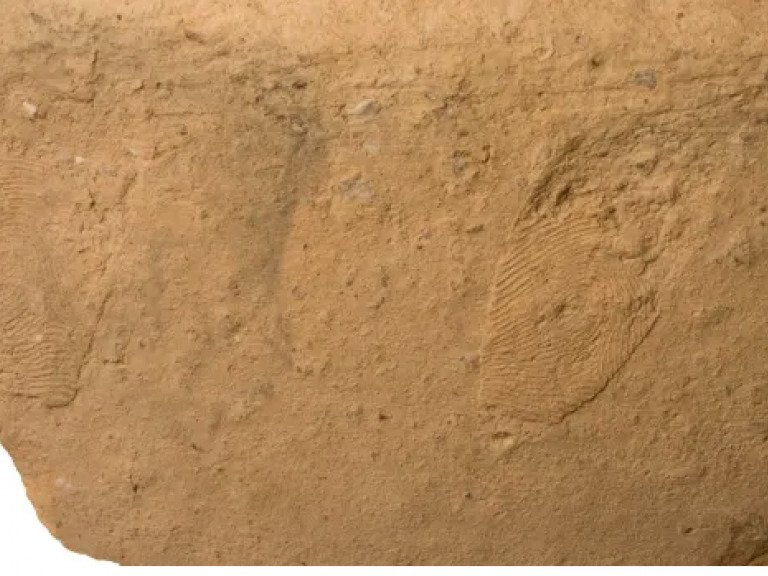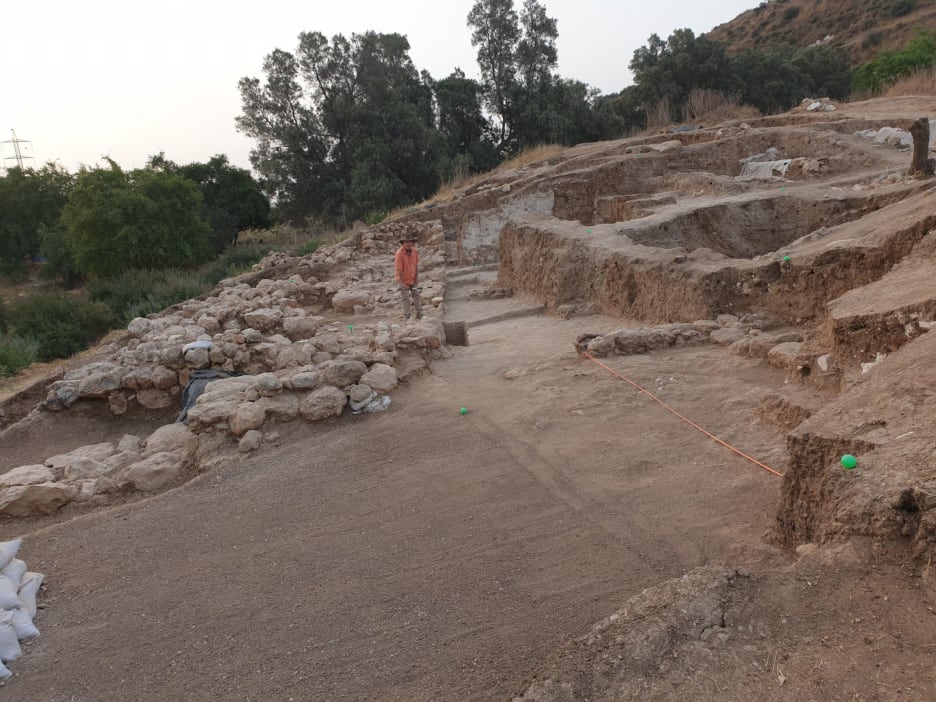Fingerprints on Early Bronze Age Pottery Studied in Israel
According to the text, some 4700 years ago, people were responsible in great part for pottery making in Tell es-Safi in central Israel, which was known as the biblical town of Gath, Ramat Gan, ISRAEL — Kent D. Fowler and the colleague from Bar-Ilan University and Don Maeir said.

Crafted of wet clay into “snakes” and enrouled and smoothed to the desired shape, the pots would have been covered with fingerprints, unless they had been wiped away by the potter with a rag before the pot was baked in a kiln.
Forensic scientist Lior Nedivi said that women usually have smaller fingertips than men, with denser fingerprint ridges.
The site of Tell es-Safi – aka Gath – was settled from about 7,000 years ago, during the Late Prehistoric period, on the western edge of the Judean foothills, with a strategically convenient view of Israel’s southern coastal plain.
By the Early Bronze Age, when this pottery was made, the village had become one of several fortified urban centers in the region and was probably Canaanite.
And, as seems to be the rule in human society, there was a division of labor – as attested by the marks the potters left on some vessels.
“These are the fingerprints of 4,700-year-old people! Right there to see. To connect with. It is very intimate. It does freak me out a bit, but I get over it and I just think it would have been nice to meet them,” Prof. Fowler says.

The division of labor is a fundamental organizing principle in human societies, Fowler explains, but potting as a genderized occupation in antiquity can’t be taken for granted. Actual archaeological evidence is of the essence.
In the Levant, the Pottery Neolithic Period began about 8,500 years ago.
Over in Mesopotamia, it seems more females than males were involved in the earliest pottery manufacture, but that changed with the establishment of state institutions. “In most cases in antiquity, once things become centralized, women are marginalized,” Maeir says.
Yet in the Neolithic settlement of Boncuklu Hoyuk in Anatolia, and in somewhat less ancient Arizona, figurines seem to have been made chiefly by women.
“If the researchers’ analysis is correct, which is potentially problematic, then figurine production would have aligned with the other responsibilities in that society,” Fowler tells Ancientorigin.
“Perhaps women were responsible for the conduct of private and domestic ritual practices, much like women in Maya society, whereas men were responsible for the conduct of ritual practices in the public sphere.”
Gath is chiefly known as a Philistine city famed as the home of the legendary Goliath, anecdotally slain by a pre-monarchic David, but that would have been in about the 11th century B.C.E. – a millennium later than the pottery reported here when it seems the men were potting. But how actually did the archaeologists deduce the gender of the fingerprints?






